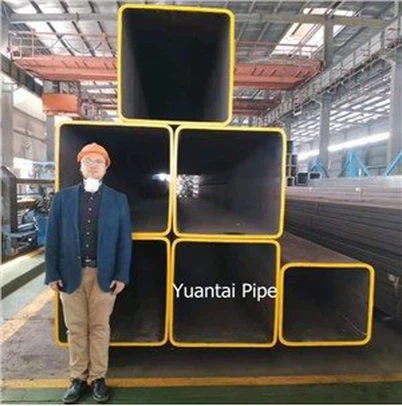Li Xinchuang: How To Deal With The Dual Carbon Future Of China Steel
Leave a message
November 30, 2021, sponsored by Southern Finance Media Group, Guangdong Haisi Research Institute, Guangdong Provincial Development and Reform Commission, Guangdong Provincial People’s Government Foreign Affairs Office, Guangzhou Nansha Development Zone Management Committee, Bavaria State China Representative Office, The 2021 "Hier Silk Forum" and the International Forum on Energy Conservation and Environmental Protection, supported by the Canton of Zurich, Switzerland, were successfully held.
Li Xinchuang, Secretary of the Party Committee and Chief Engineer of the Metallurgical Industry Planning and Research Institute, and a foreign academician of the Russian Academy of Natural Sciences, was invited to participate in the conference. The guests of the dialogue discussed and shared how China's steel cope with the "dual carbon" future.
Since the beginning of this year, many policies and measures have been introduced to restrict the blind development of the "two highs" industries. Under the goal of carbon peak and carbon neutrality, how can traditional energy-intensive industries develop? What is the biggest challenge facing you?
Li Xinchuang: The importance of my country's carbon peak and carbon neutral decision-making and deployment is self-evident. It is related to the sustainable development of the Chinese nation and the construction of a community with a shared future for mankind. However, low-carbon development is not simply energy saving and emission reduction, but an important issue of development rights and development methods. Therefore, it is necessary to properly handle the relationship between development and emission reduction, overall and partial, short-term and medium- and long-term.
At present, our country is still in the development stage. According to the national "14th Five-Year Plan" goal, the national economy needs to achieve higher quality development, and the steel industry is inseparable from economic development. Steel is an important food for industry, and steel is an important part of construction. Guarantee, steel is an important support for the economy! Therefore, we must first have a correct and objective understanding of my country's steel industry, and scientifically recognize that steel is an indispensable and important raw material for our country.
Based on its own process characteristics and development characteristics, my country's steel industry is a major energy consumer and a key area of carbon emission reduction in my country, which is of great significance to the realization of the national "dual carbon" goal. Therefore, my country's steel industry will unswervingly follow the path of green, low-carbon, and high-quality development. This is not only an inevitable requirement for promoting the high-quality development of the national economy, but also an inherent requirement and the only way for the industry's own healthy and sustainable development.
Steel, as the industry with the largest emissions in the manufacturing industry, is also a representative of energy-intensive industries. How to reduce carbon emissions? When is the carbon peak expected? What is the significance of including the national carbon market in the future to reduce emissions in the steel industry?
Li Xinchuang: my country's iron and steel industry should reduce carbon during development and develop while reducing carbon. It should rely on scientific and technological progress to achieve scientific carbon reduction. From the perspective of the specific path, my country’s steel industry should focus on five aspects to implement low-carbon development: one is to promote the optimization of the industrial structure and accelerate the elimination of backwardness; Energy utilization level; third is to vigorously support the R&D and promotion of green low-carbon technology, which is the key to achieving low-carbon development; fourth is to improve green and low-carbon policies and market systems; fifth is to improve laws, regulations and standard systems to promote carbon reduction in the entire society .
The issue of carbon peak and carbon neutrality in the steel industry does not simply depend on the industry itself, but also on national economic development and market demand. Under the guidance of the national dual-carbon "1+N" top-level design, and based on systematic research and analysis, my country's steel industry is confident to achieve a carbon peak by 2030, and will strive to achieve the peak in advance.
Carbon emission trading is an effective market-oriented mechanism for achieving carbon emission control goals. Carrying out carbon trading is an important starting point for my country's steel industry to implement the "dual-carbon" goals and tasks. As one of the first eight key industries to be included in the national unified carbon market, my country's steel industry should make full use of the carbon trading market mechanism to speed up the construction of a complete carbon trading market system.







